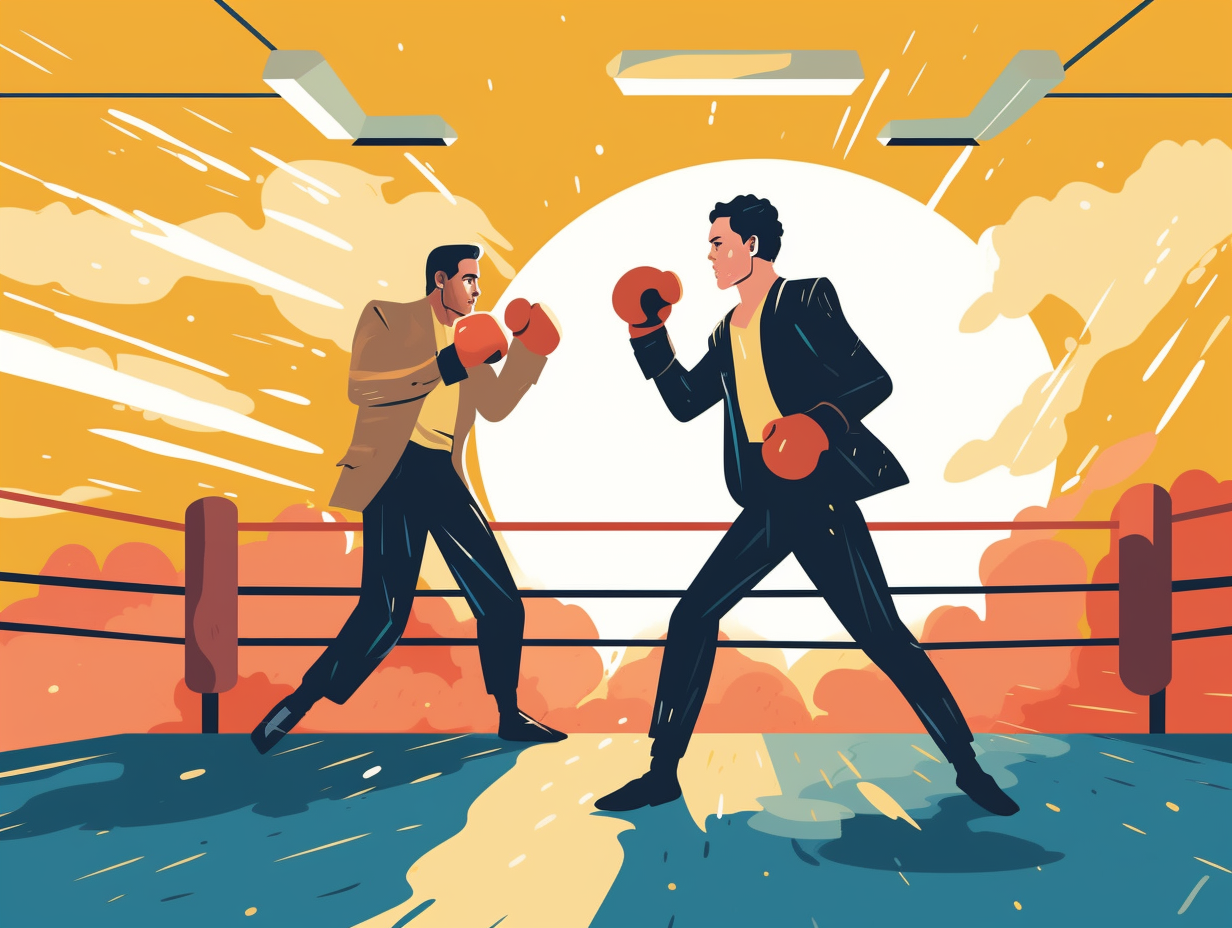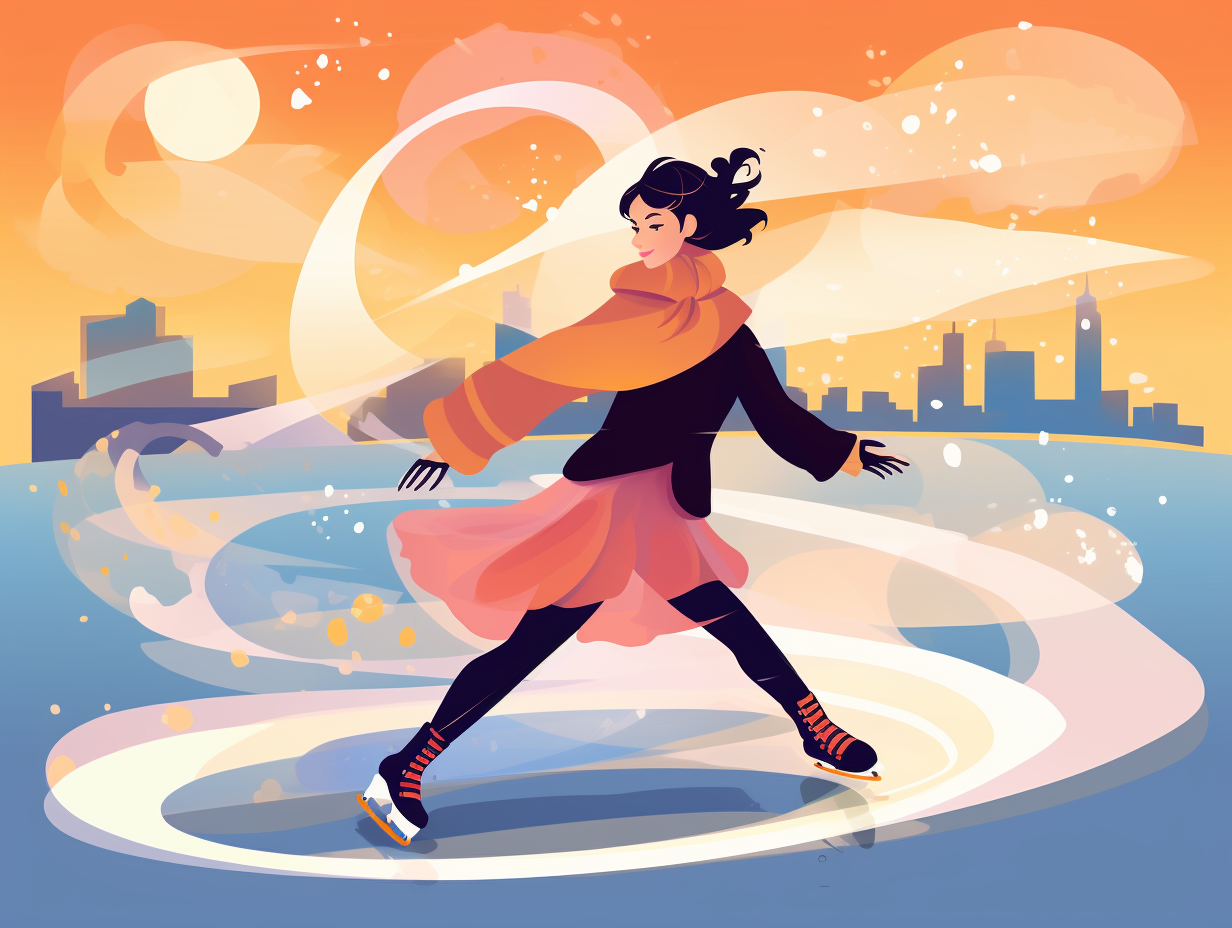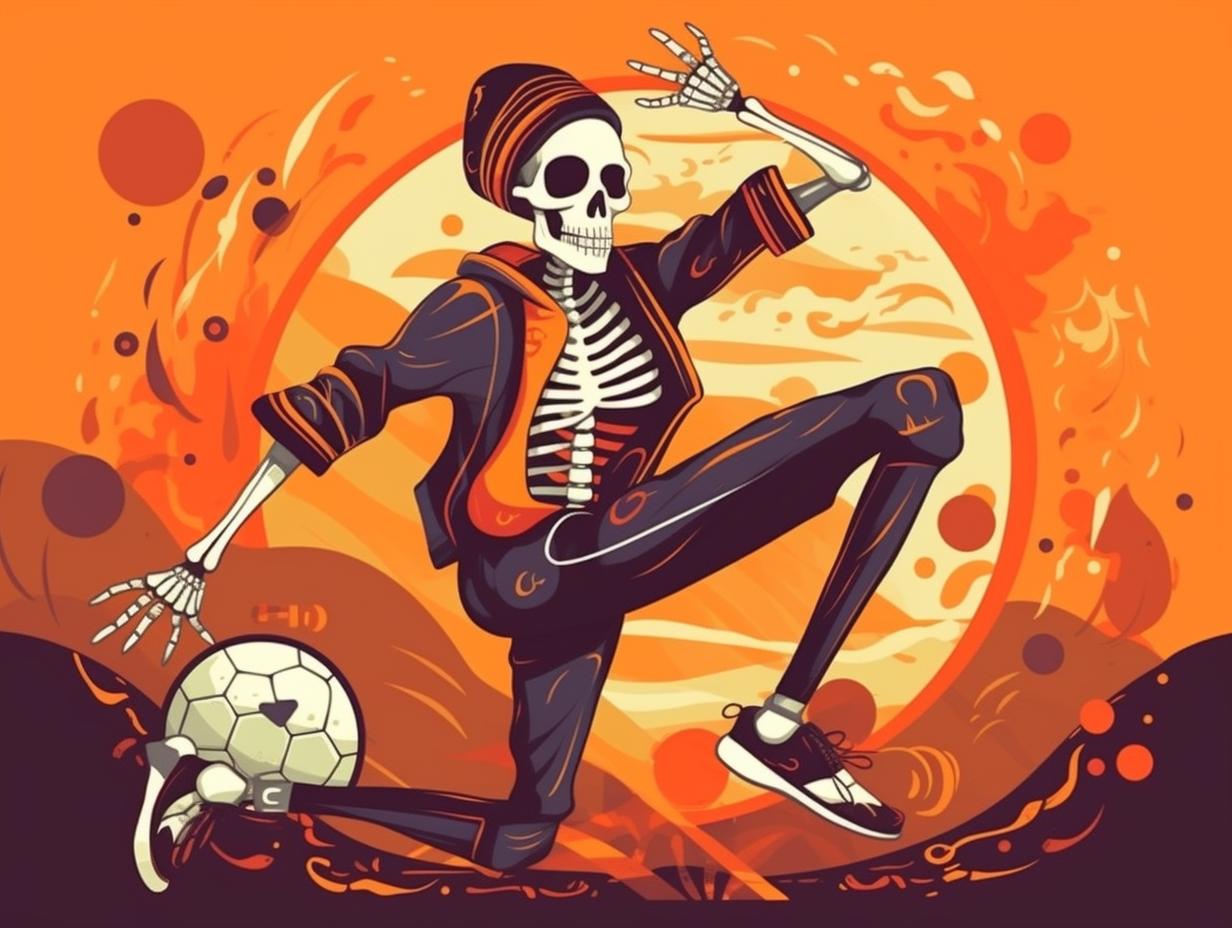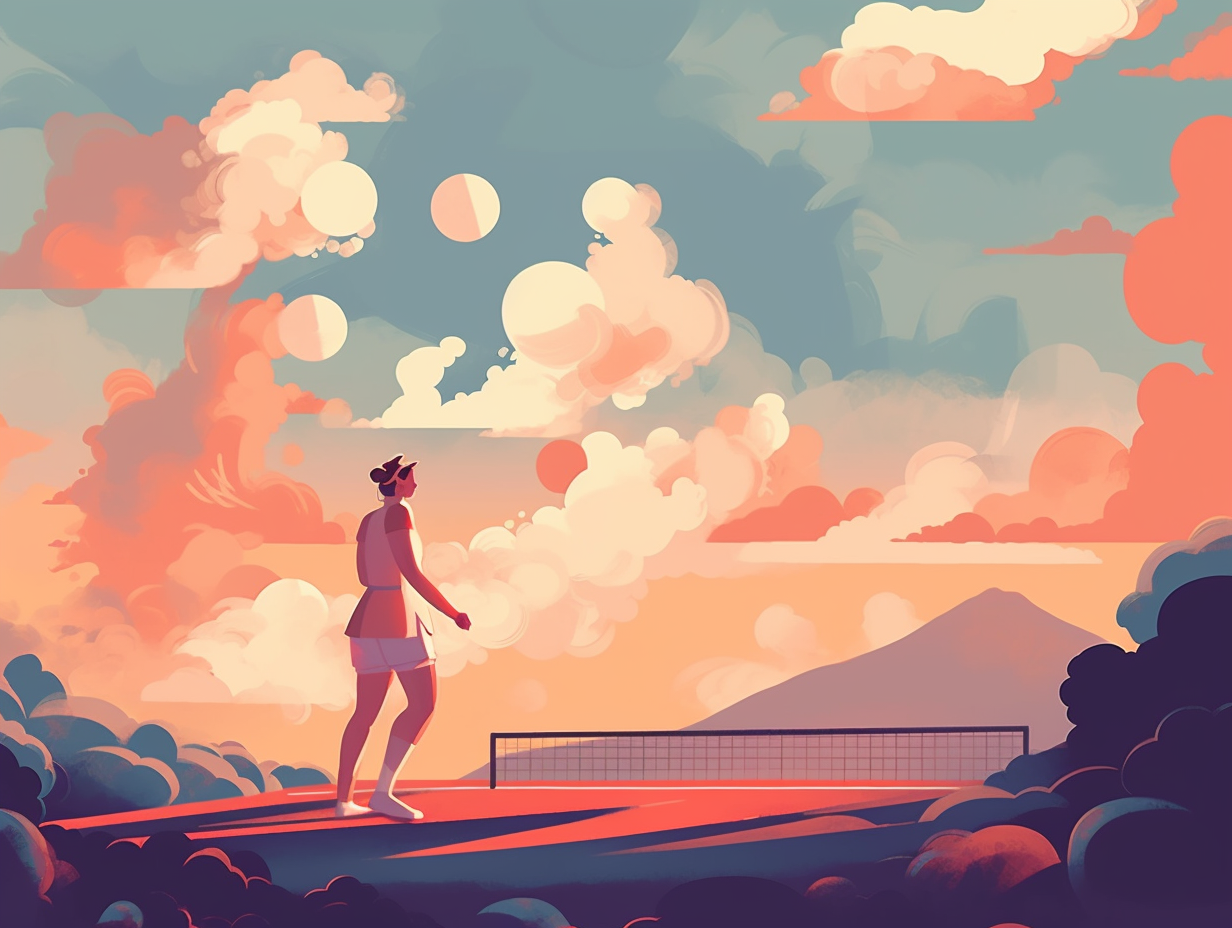Discover the World of Karate: 11 Entertaining and Surprising Fun Facts You Never Knew!
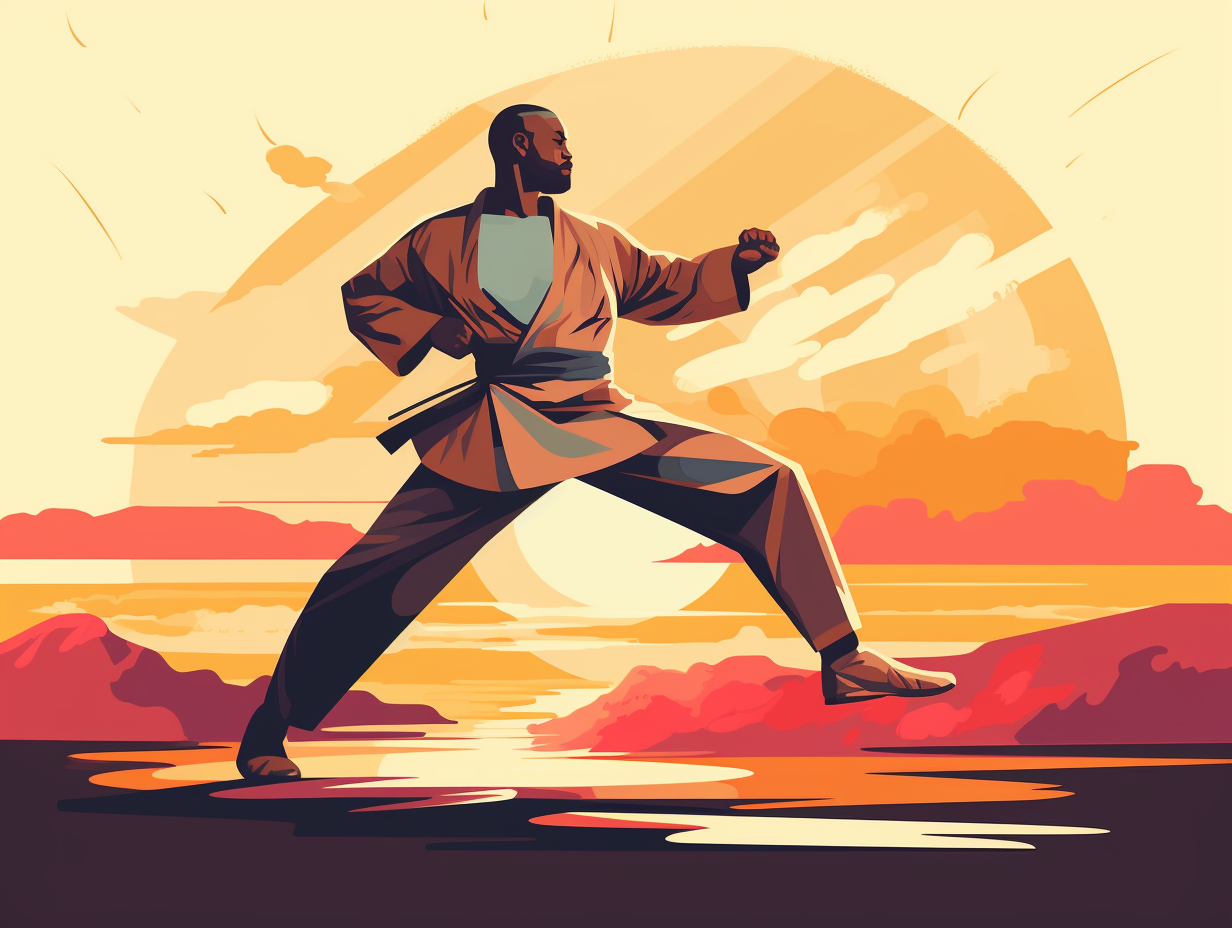
1. Karate: Hands-off Philosophy
Karate: a hands-off approach to life with a fun twist. If only 'karate' truly meant "I promise I won't touch you!", we'd have fewer bar fights and more philosophy debates. Newsflash: Karate once had its hands on China! Yup, 'kara-te' initially took 'Kara' from China, before swapping it out for 'empty'. Merging Chinese martial arts and Okinawan culture into today's "empty-handed" way of self-defense, karate actually encourages wielding everyday objects as weapons. Okinawan masters, Katy Perry, and Ninja Turtles agree - we just gotta use our bodies and get creative!
Source => gkrkarate.com
2. Blood-Spotting Uniforms
White as a ghost, but red all over: Karate uniforms, or "gi," are traditionally white not just to symbolize purity and equality but also to easily spot any bloodied injuries and treat them quickly, bringing a whole new meaning to "got your back" in the martial arts world.
Source => karatemartialart.net
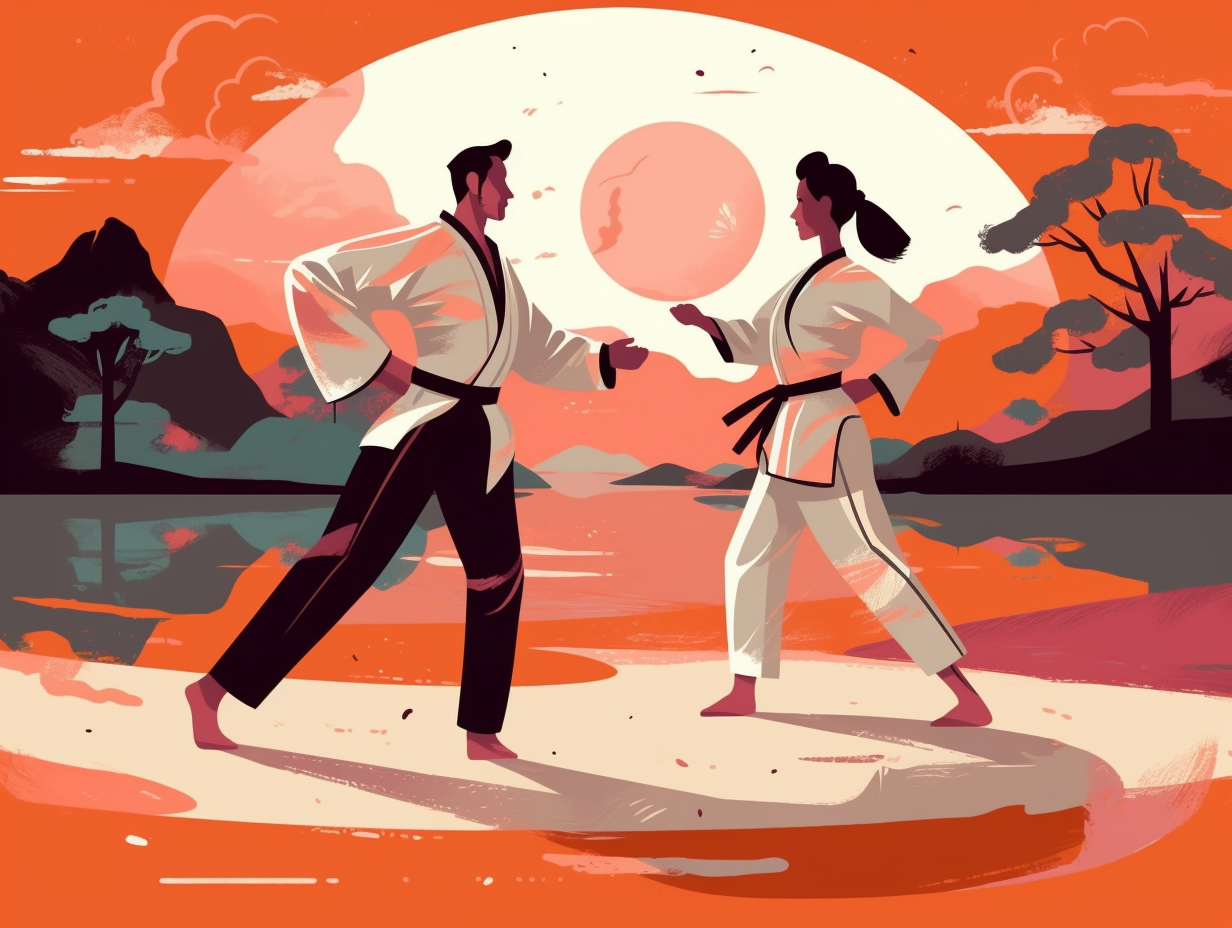
Discover the fascinating origins of Taekwondo, as it unites the best of Karate Kid and Kung Fu Panda, to create a unique martial art with its very own techniques and philosophy. Find out more!
=> Fun Facts about Taekwondo
3. Board-Breaking Confidence
Next time you're feeling board, consider breaking one... with your bare hands: Karate practitioners practice Tameshiwari, the art of breaking objects such as wooden planks, cement, bricks, and even baseball bats, to measure the force of their strikes and develop mental fortitude, but be warned - attempting this without proper training can lead to a strike-out in the form of serious injury.
Source => masutatsuoyama.com
4. Ryukyu Kingdom Trio
Before there was a "Karate Kid" trio and Cobra Kai, there was a Ryukyu Kingdom trio rocking the martial arts world: Shuri-te, Naha-te, and Tomari-te were the styles founded by OG karate masters Sokon Matsumura, Kanryo Higaonna, and Kosaku Matsumora in the Ryukyu Kingdom, which included the island of Okinawa.
Source => visitokinawajapan.com
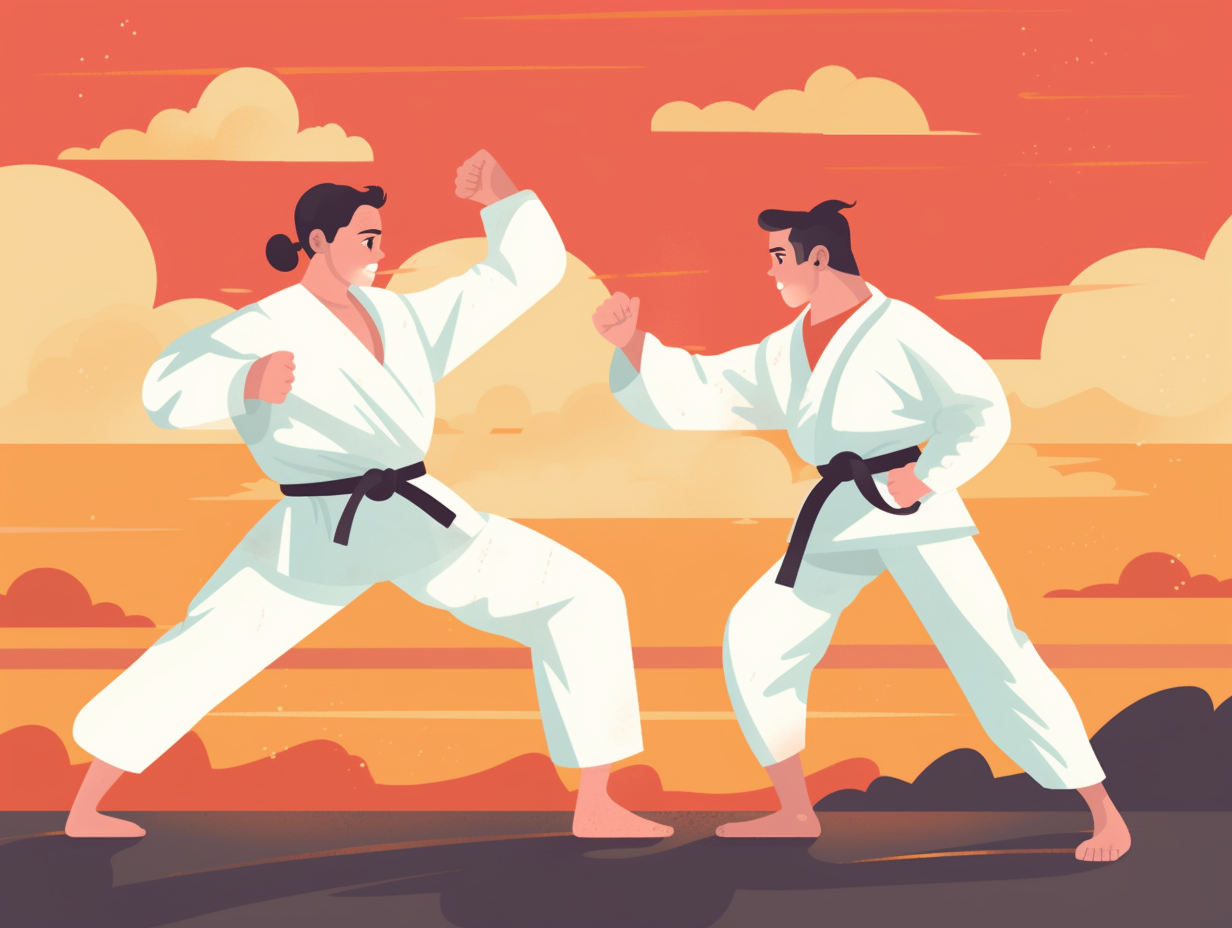
5. Funakoshi's Royal Fame
Before gaining royal approval, Gichin Funakoshi faced a real-life "Game of Thrones": a martial arts exhibition where winning over the emperor meant gaining more than just a fancy engraved plaque. The real prize? Global karate domination: Funakoshi's 1917 performance intrigued both public and officials, eventually leading to a special karate showcase for the emperor and royal family, catapulting the martial art from being an unknown entity to a widely recognized and respected discipline across the globe.
Source => skifworld.com
6. Black Belt Marathon
Think you've got karate chops like Bruce Lee? White belts may quiver at the sight, but becoming a black belt isn't about unlocking mystical powers or demolishing dojo walls: In reality, the Japan Karate Association suggests it takes 3.5 years of daily practice or up to 10 years of training 1 to 3 times a week to earn a black belt in karate, focusing on precision and mastering essential techniques for each belt level rather than brute strength.
Source => sportscentaur.com
7. Pechin Warrior Influence
Hold on to your hoes! Contrary to Mr. Miyagi's wisdom, it wasn't hardworking Okinawan farmers niftily wielding shovels and rakes that brought about karate: The truth lies with the Pechin Warrior caste, who built upon martial arts techniques from a smorgasbord of countries - including China, Indonesia, Malaysia, and Thailand. Their weapons? Not repurposed plows, but sophisticated arms with deep Chinese roots, predating any Okinawan adaptation.
Source => fisherkarate.com
8. Dancing with Invisible Foes
When karate masters want to practice their "wax on, wax off" skills without breaking a sweat in the real world, they turn to their trusty kata: a carefully choreographed solo dance-off against an imaginary opponent! In all seriousness: kata is a set sequence of movements and techniques fundamental to traditional martial arts like karate and aikido, enabling martial artists to refine their skills and challenge themselves in a controlled environment, setting them apart from other fighting styles such as kickboxing.
Source => elemental-kickboxingleeds.co.uk
9. Sorting Hat to Karate
Imagine if the Sorting Hat from Hogwarts made its way to Japan and yelled, "Karate!" in front of awe-struck martial artists: The Japan Karate Association (JKA) not only received official recognition from the Japanese Ministry of Education back in 1957, but in 2012, it became the first-ever Japanese martial arts association to be recognized as a public interest incorporated association by the government. Talk about a magical achievement!
Source => jka.or.jp
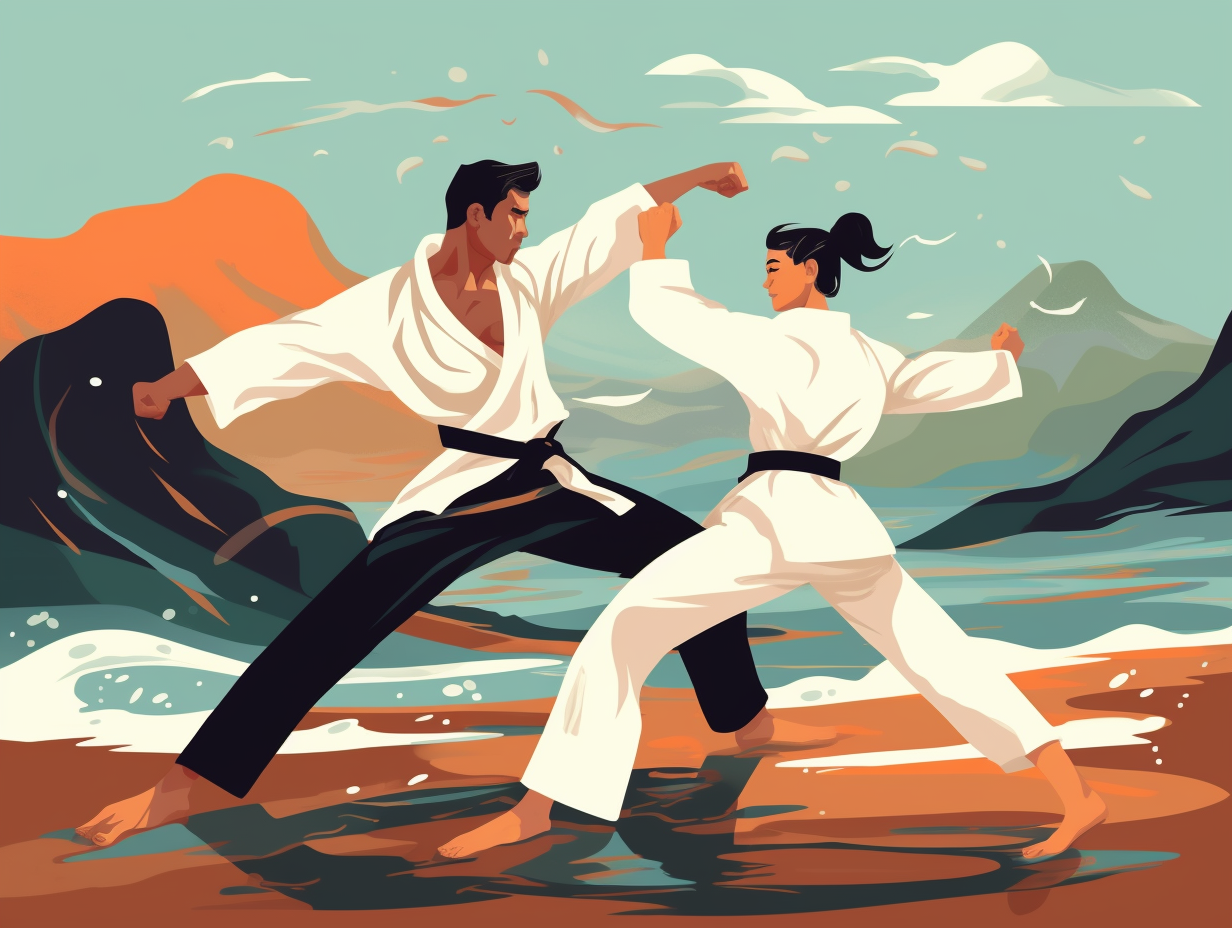
10. Magical "Ki" Power
Who knew the Karate Kid was onto something beyond breaking boards and catching flies with chopsticks? Harnessing the energy called "Ki" is no karate-crane-stance hocus pocus: it actually serves a dual purpose of increasing physical strength and improving overall health, achieved through daily training and balancing one's internal energy, with roots tracing back to ancient Chinese texts and Korean warriors' adaptation of the concept.
Source => chungdokwantkd.co.uk
11. Farm Tool Weaponry
Say hello to my little rake: Karate, also known as Okinawa-Te, was born out of secrecy and necessity in politically turbulent Okinawa, as it artfully fused Chinese martial arts with local techniques and even morphed into Kobudō, which weaponized everyday farming implements, all while dodging government bans on martial arts training.
Source => ageshiojapan.com
Related Fun Facts

